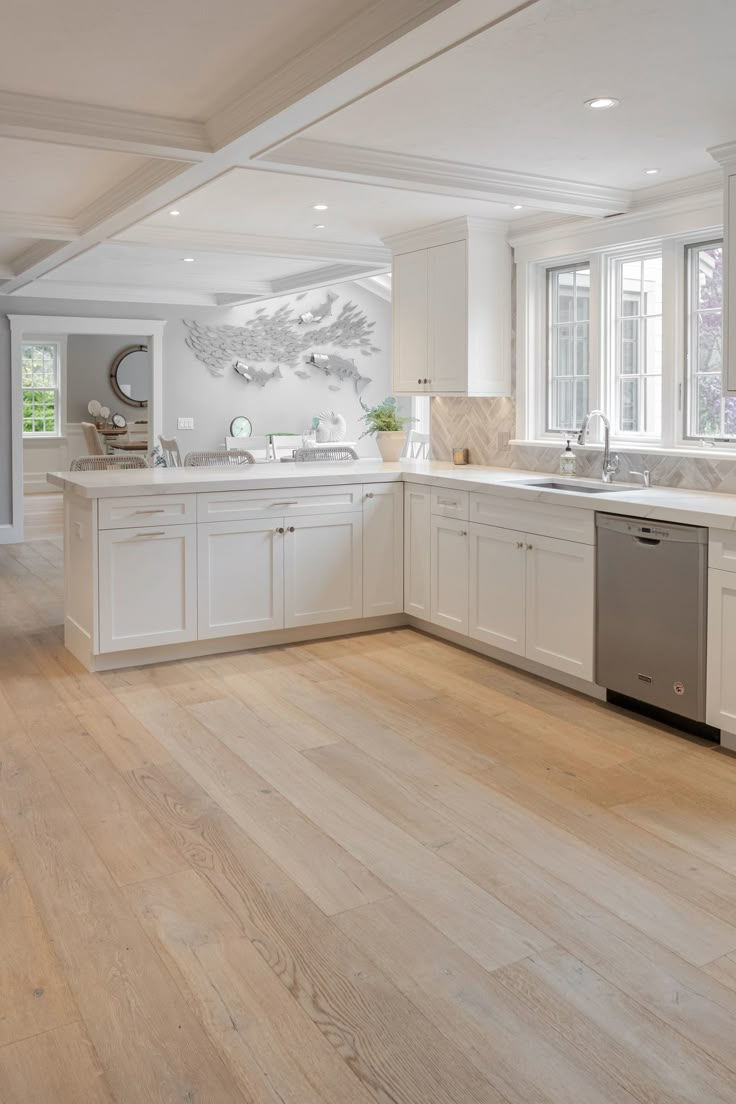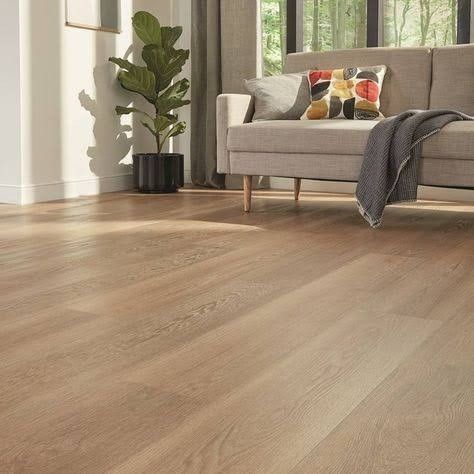
When it comes to designing or remodeling your space, choosing the right flooring for your home is one of the most important decisions you’ll make. The right flooring doesn’t just tie your home’s design together—it affects your daily comfort, impacts resale value, and determines how much effort you’ll need to spend on maintenance. Whether you’re after cozy carpet for bedrooms, durable tile for bathrooms, or timeless hardwood for living areas, each room and lifestyle needs a thoughtful flooring choice.
What Does "Right Flooring for Your Home" Really Mean?
The “right” flooring isn’t about trends—it’s about what fits your lifestyle, budget, and the function of each room. It’s a mix of aesthetic appeal, practical function, affordability, and durability. For instance, what works in a busy entryway may not be the best fit for a cozy bedroom.
Flooring plays a huge role in your home’s resale value—buyers often look at the quality and type of flooring as a signal of how well the home is maintained. It also affects your comfort: think warm carpet underfoot in the bedroom versus cold tile in the kitchen. Choosing wisely means more long-term satisfaction and less need for expensive replacements down the line.
Pros and Cons of Popular Flooring Types
Let’s break down some of the most popular flooring materials and see where they shine—and where they fall short.
Hardwood Flooring
Pros: Timeless, elegant, and adds significant resale value. Great for living rooms and bedrooms.
Cons: Sensitive to moisture and humidity, which makes it a poor choice for bathrooms or basements. It’s also more expensive upfront and requires some maintenance.
Tile Flooring
Pros: Incredibly durable and waterproof, making it excellent for kitchens, bathrooms, and high-traffic areas. It’s easy to clean and comes in endless styles.
Cons: Can feel cold and hard underfoot, and professional installation is often necessary.
Laminate Flooring
Pros: Offers the look of hardwood at a fraction of the cost. It’s scratch-resistant and easy to clean.
Cons: Not as water-resistant as other options, making it less ideal for kitchens or bathrooms.
Carpet
Pros: Warm, soft, and budget-friendly. A great choice for bedrooms and cozy living areas.
Cons: Prone to staining, traps allergens, and isn’t ideal for pets or high-moisture spaces.
Vinyl & Luxury Vinyl Plank (LVP)

Pros: Water-resistant, durable, and affordable. LVP can convincingly mimic the look of wood or tile.
Cons: Low-end vinyl can look cheap, and some materials aren’t environmentally friendly.
How to Choose Flooring Based on Room Type
Every room has its own purpose, and your flooring should reflect that. Here’s what to consider:
Kitchen Flooring
The kitchen sees spills, stains, and a lot of foot traffic. Go for flooring that’s waterproof and easy to clean—tile, vinyl, or LVP are all excellent choices.
Living Room Flooring
You want durability and style. Hardwood remains the top pick, though LVP is a great low-maintenance alternative.
Bathroom Flooring
Moisture is the main concern here. Tile and vinyl are best because they resist water and mold while being easy to sanitize.
Bedroom Flooring
Comfort is king. Carpet creates a warm and quiet space, while hardwood adds a luxurious touch that can be softened with area rugs.
Basement Flooring
Avoid anything moisture-sensitive like hardwood. Instead, go with vinyl, tile, or even sealed concrete for durability and water resistance.
Flooring for Specific Needs
Your lifestyle and household members also influence what flooring is best. Here’s how to match flooring to specific needs:
Pet Owners
Choose flooring that’s scratch-resistant and waterproof. LVP, tile, and high-quality laminate are great options. Avoid carpet, which can trap pet hair and odors.
Kids and Family
Families need flooring that’s soft, durable, and easy to clean. Carpet works well in play areas, while vinyl or laminate can handle spills and rough play.
Allergies
If anyone in the home has allergies, steer clear of carpet. Choose smooth surfaces like hardwood, tile, or vinyl, which don’t trap allergens and are easy to keep clean.
Eco-Conscious Homes
Want a greener home? Look into sustainable materials like bamboo, cork, or recycled-content flooring. These reduce environmental impact without sacrificing style.
High-Traffic Areas
For places like entryways or hallways, go for tile, LVP, or commercial-grade laminate—they can stand up to heavy use without wearing down quickly.
Choosing the right flooring for your home is a personal decision with long-term consequences. It should reflect your lifestyle, enhance your home’s function, and align with your budget. With so many options available, take time to explore what works best in each space. Whether you’re building, renovating, or just planning for the future, making an informed flooring choice ensures your home is both beautiful and built to last.
